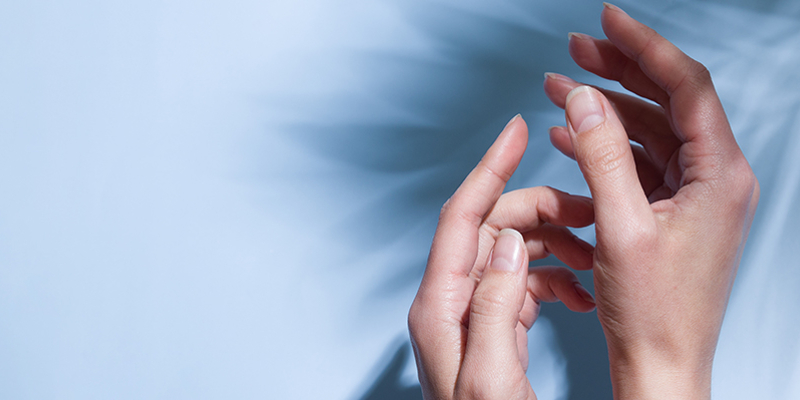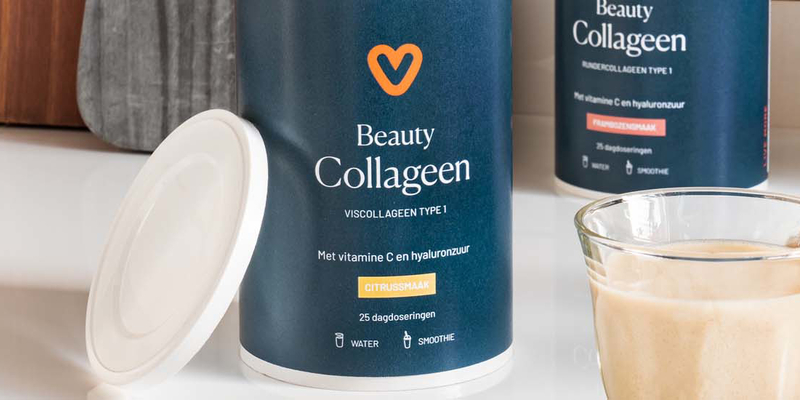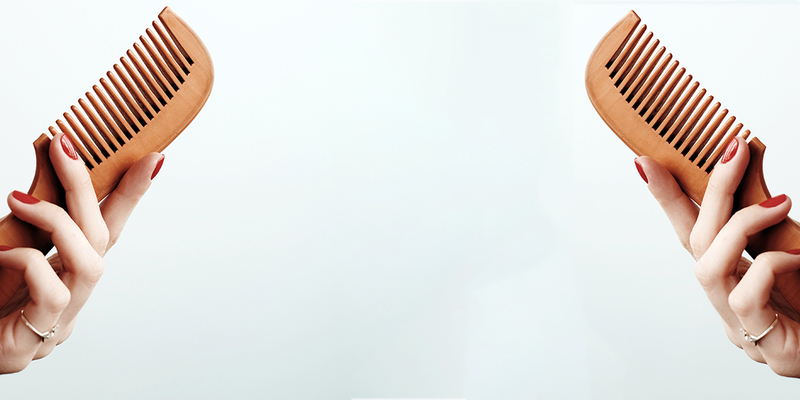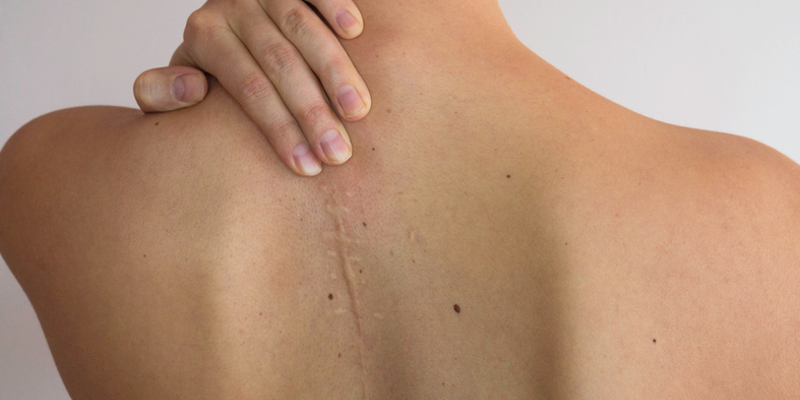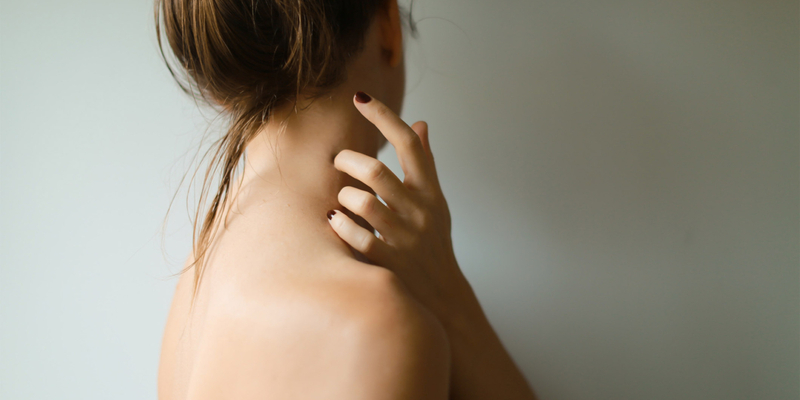
How do I prepare my skin for summer?
Enjoying that lovely summer sun on your skin is wonderful, but caution is also necessary. The skin is the organ most susceptible to the adverse effects of sun exposure. How can you make the most of the summer while keeping your skin in top condition? Prepare with our summer skin step-by-step plan and get the best out of both the summer and your skin. We’ve got your skin!
Step 1 | Exfoliate
A home peeling should not be missed and is therefore the first important step. To emphasise the importance of exfoliating, we will first explain how the skin is structured. To protect you from external influences, your skin consists of three layers. From top to bottom, these are: the epidermis, the dermis, and the subcutaneous connective tissue. The epidermis has a horny layer that is visible on the outside and provides firmness and protection. New skin cells grow from the basal layer underneath, eventually replacing the dead cells of the horny layer. We will return to the function of the subcutaneous connective tissue, the third skin layer, later. Exfoliating is a gentle way to rid your skin of old, keratinised cells. This not only makes your skin fresher and more even, but also allows the active ingredients of your skincare products to be better absorbed for maximum effect. Is your skin lacking shine and sufficient colour? Then exfoliating is a step you absolutely must not forget when preparing your skin for summer.
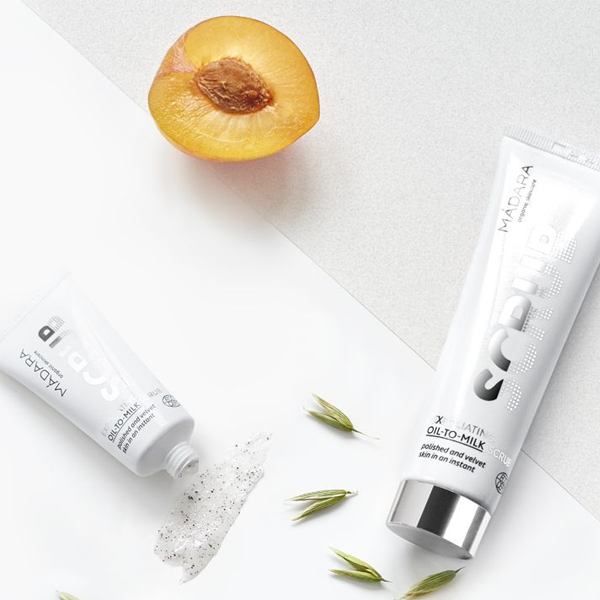
Method Step 1
- Exfoliate your facial skin twice a week with a mild exfoliant.
- Then apply a few drops of Vitamin C Booster to your face, neck, and décolleté.
- Treat your body with a body scrub and then apply a body oil.
Step 2 | Hydrate
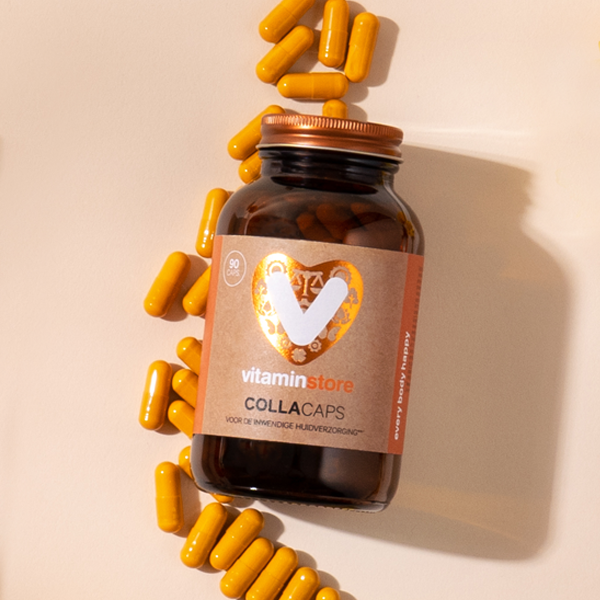
Method Step 2
-
Take collagenand hyaluronic acid daily, for example by taking CollaCaps three times a day.
-
In the morning, apply a few drops ofyour face, neck, and décolleté.
Step 3 | Nourish
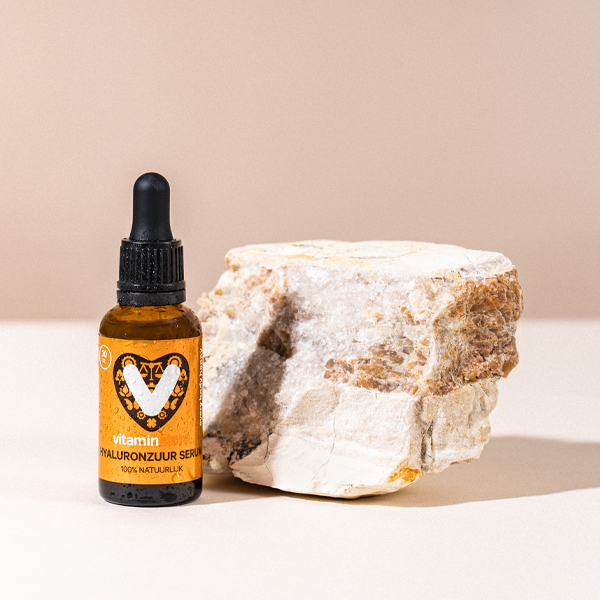
Method Step 3
- Drink at least 1.5 to 2 litres of water daily and eat at least 300 grams of vegetables and two pieces of fruit.
- Supplement your daily diet with 1000 mg vitamin C and optionally extra vitamin A, biotin, and zinc.
- In the morning, apply a few drops of Hyaluronic Acid Serum and in the evening a few drops of Vitamin C Serum to your face, neck, and décolleté.
Step 4 | Protect
Sunscreen is now an all-year-round product that should not be missing from your daily skincare routine. UV radiation consists of 95% UVA rays and 5% UVB rays. The difference lies in the extent to which the radiation penetrates the skin. UVB rays penetrate less deeply into the skin and are responsible for tanning and also burning the skin. UVA rays penetrate deeper into the skin and are responsible for wrinkles, skin spots, and pigmentation spots. Because UVA rays pass through clouds and glass, it is important to apply sunscreen even in winter or on a cloudy summer day. Reapply to your body and face every two hours, especially with direct exposure. In addition, it is wise to improve the overall condition of your skin. A well-prepared skin is better able to resist sun damage and burning. As soon as the skin is exposed to sunlight, UV radiation increases the number of free radicals in your skin. These free radicals damage your skin cells and age your skin. Antioxidants, such as vitamins C and E, neutralise free radicals and thus limit skin damage. Therefore, add a serum and cream with antioxidants to your daily beauty routine. They protect your skin and provide it with enough antioxidants to support the effectiveness of your sunscreen.
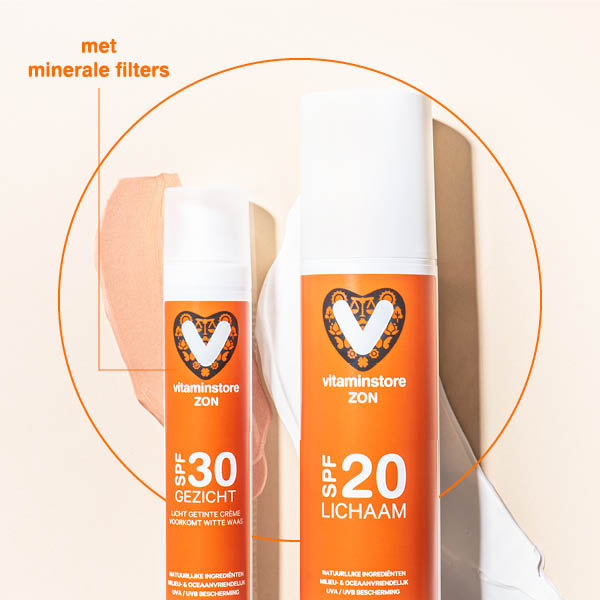
Method Step 4
- After steps 1 to 3, apply Vitamin C Day Cream.
- As the final step, always apply a (natural) sun protection product.


